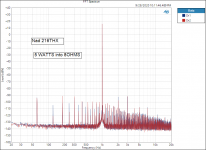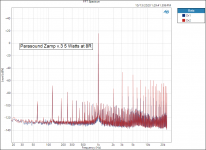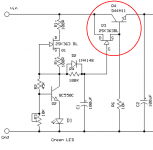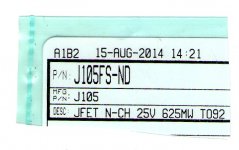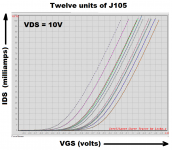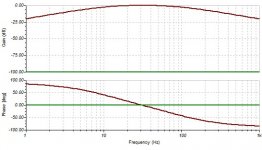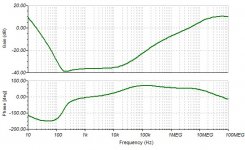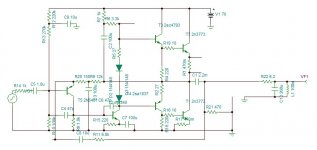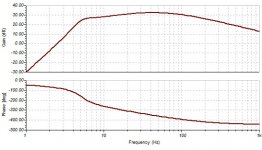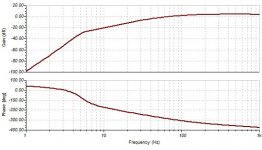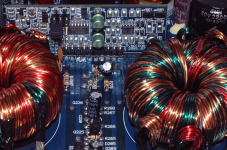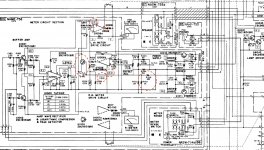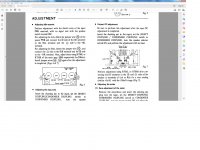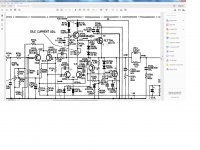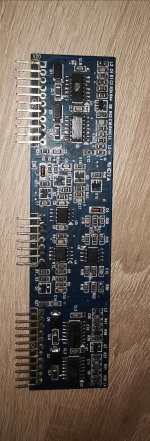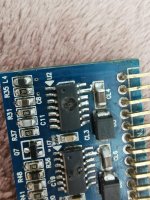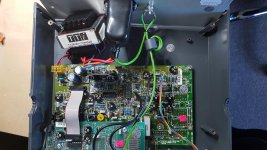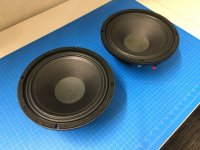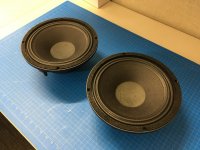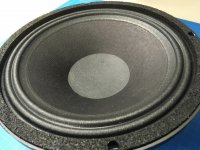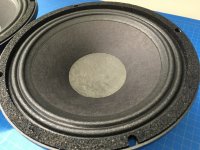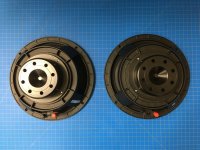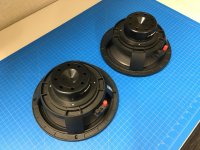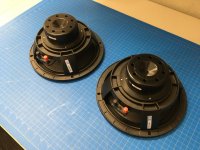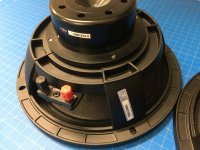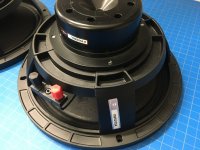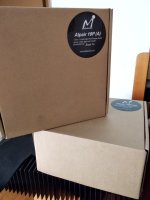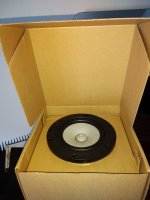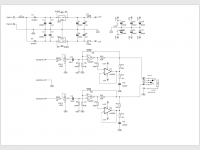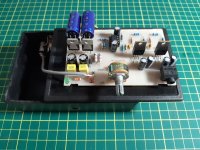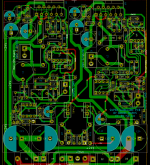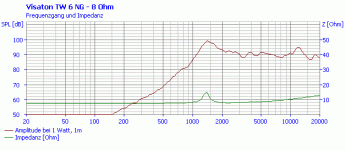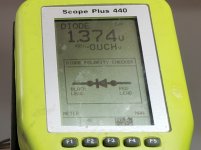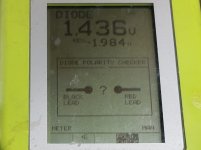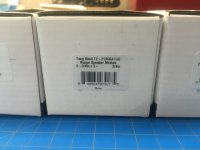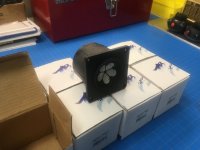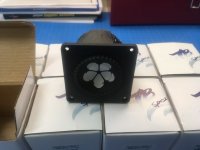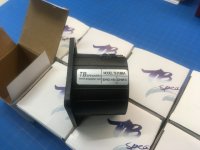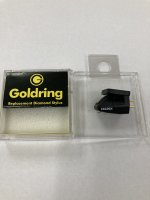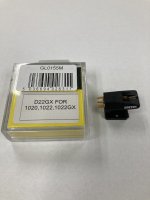Class AB amplifiers with Switch Mode Power Supplies?
- By DualTriode
- Solid State
- 33 Replies
Hello All,
I have a question about power supplies for our old-time favorite Class AB amplifiers.
I have lately measured the THD+N of several amplifiers. Many, most if not all have with Full Wave diode bridge plus Capacitors even including inductors the power supply noise, you know the 50 or 60 Hz series, 60Hz, 120Hz, 180Hz and on up, of diodes turning on and off spikes dominate the THD+N figure. The power supply spikes are higher dB’s than the 3rd, 4th and 5th harmonics sometimes.
Switch mode power supplies in Class D amplifiers are quieter than the previous generation.
The question: Has anyone or does anyone use switch mode power supplies in old school Class AB amplifiers?
Just for grins here is a sample of a well behaved Full Wave diode bridge power supply in a NAD amplifier. I replaced with new the protection relay and all of the PS capacitors. Plus a not so well behaved example.
Thanks DT
I have a question about power supplies for our old-time favorite Class AB amplifiers.
I have lately measured the THD+N of several amplifiers. Many, most if not all have with Full Wave diode bridge plus Capacitors even including inductors the power supply noise, you know the 50 or 60 Hz series, 60Hz, 120Hz, 180Hz and on up, of diodes turning on and off spikes dominate the THD+N figure. The power supply spikes are higher dB’s than the 3rd, 4th and 5th harmonics sometimes.
Switch mode power supplies in Class D amplifiers are quieter than the previous generation.
The question: Has anyone or does anyone use switch mode power supplies in old school Class AB amplifiers?
Just for grins here is a sample of a well behaved Full Wave diode bridge power supply in a NAD amplifier. I replaced with new the protection relay and all of the PS capacitors. Plus a not so well behaved example.
Thanks DT
